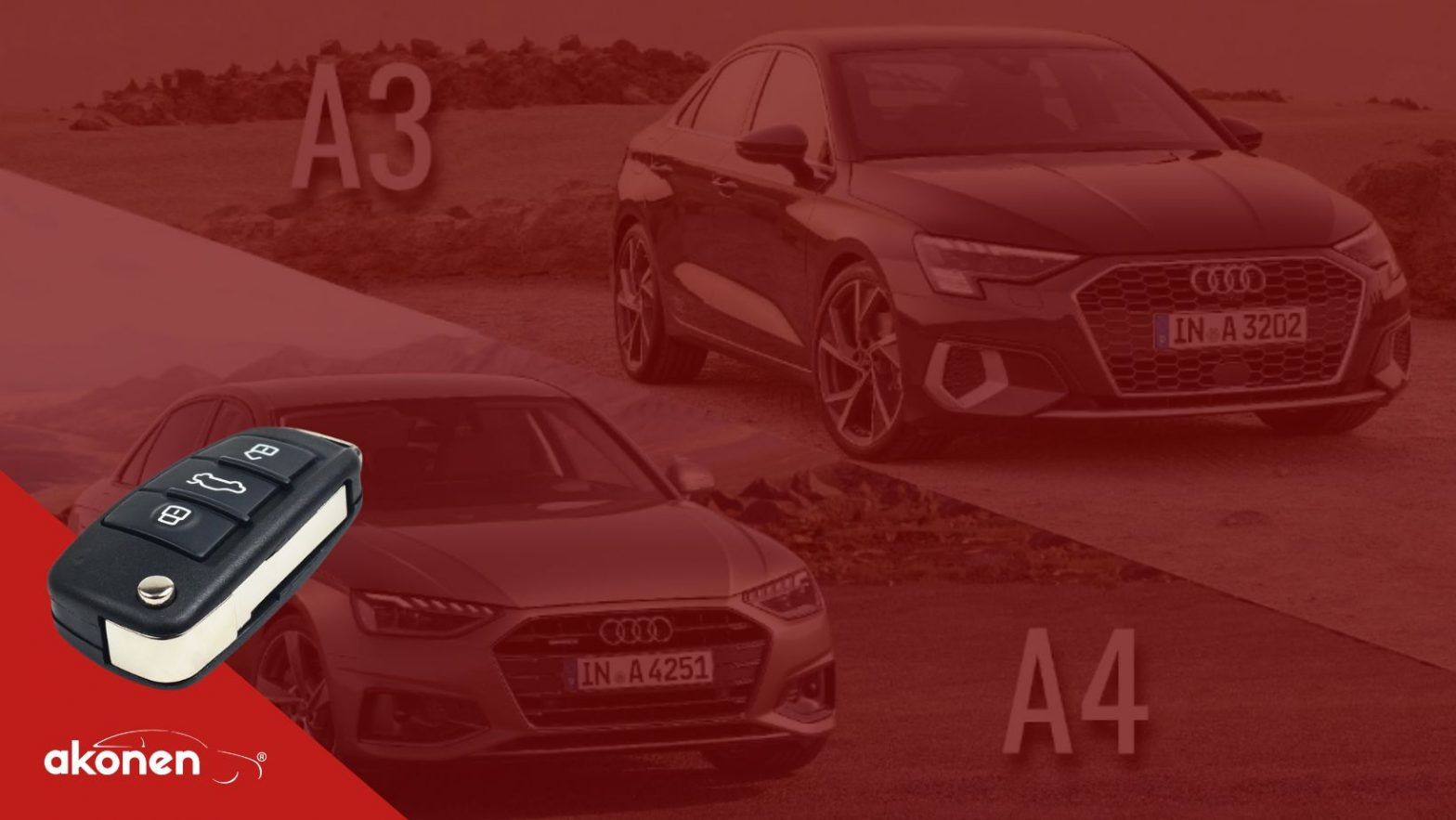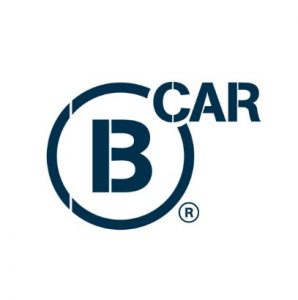
7 AfterMarket trends for 2022
The main aftermarket trends for 2022 will be an increase in demand for private label brands due to the recent global crisis and an increase in petrol car registrations. For Fernando Lopez, CEO of GIPA, the future of the sector is promising.
Despite the extraordinary situation due to the pandemic, the outlook for the aftermarket in the new year is very positive. With the average age of the car fleet increasing, the demand for aftermarket parts is also expected to increase modestly.
The year 2022 is a year that everyone in the automotive aftermarket is looking forward to. What will happen? We examine the trends for 2022, and identify the key growth opportunities.
1. Increasing age of the car fleet
The economic crisis triggered by the coronavirus has led to an ageing of the car fleet from 5 to 9 years old. 40% of the fleet is over 10 years old, while 20% is over 20 years old in Spain.
Distribution must be prepared to develop a private label strategy, due to the high price demand. On the other hand, premium brands will find it difficult to enter the market, so it is necessary to be attentive and bet on private labels, says Gipa CEO Fernando López.
What about private labels?
Collaborating with private label parts can mean improved profit generation in the new year. In Spain private label brands, which before the pandemic only 20% of businesses worked with. Now 33% are in demand.
Similarly, sales of the cheapest spare parts have increased by 40% since the start of the pandemic, compared to 27% in 20219.
2. Lowering of the collateral pool
At Serca’s annual congress, there were also comments on the drop in the number of warranties and the opportunity this represents for the independent sector. This drop is down from 18% to 16%.
This means that drivers tend to go to authorised workshops when their vehicles are still under warranty or their cars are respectively new.
But, as we announced earlier, the age of the Spanish car fleet has increased, which suggests good news for the AfterMarket sector.
The older the fleet, the more likely it is that drivers will turn more frequently to an independent garage for a more cost-effective solution.
3. Growth of online sales in the aftermarket sector
The Coronavirus crisis has led to an increase in online sales in all sectors, including the aftermarket. In the last year, 28% of drivers have searched the internet for automotive-related terms and 10% have bought related products.
“28% of drivers have searched the internet for automotive related terms and 10% have bought related products”.
Business opportunity
A commitment to new technologies can make any business more profitable. As the demand for the internet is increasing in almost all sectors, it is a great opportunity to start exploring the digital market, especially for small businesses.
It is time to rethink strategies and target the digital audience as well, in order to keep the chain running smoothly.
However, the vast majority of retailers do not have a website where they sell. The buying format is changing, and in the near future they may lose sales.
4. Increase in the sale of second-hand cars
Due to the crisis situation left in its wake by Covid-19, the increase in second-hand car sales is booming, which, a priori, is good news for the independent market.
However, on the other hand, those drivers who decide to buy a used car because they are cheaper. This leads us to think that they are the ones who are less inclined to spend on their vehicles.
We must pay close attention to this because consumers demand more transactions at lower prices. That is why it is interesting to think about betting on cheap brands, for this type of customers.
5. Increase in mileage over the previous year
According to data from the CEO of Gipa, we are going to close 2021 with a mileage recovery of 23.9% compared to the previous year in Spain, but we are still below the figures for 2019, 6.4% less.
López assures that the fleet for the next few years will not have increases of 1.5%, but of 0.3 or 0.5%. He also comments that 2018 was the peak and that it is going to be very difficult to recover those figures.
6. Lower diesel consumption
In Spain, the diesel fleet has been reduced to 59% in 2021, and the share of diesel vehicle registrations so far this year is 17.6%, 51.24% less than last year.
This does not mean that fossil fuel consumption is becoming obsolete, but rather that petrol car registrations are gaining market share. They currently account for 40.30% of the market share. The strategy must be aimed at boosting the petrol fleet.
7. Stagnant labour force
According to the data presented by the consultancy firm, the average labour rate for independent garages in Spain is €35/hour. This figure has remained unchanged for years.
Increase in material prices
Fernando López believes that with the price increases we have been suffering in recent years, if labour costs are not increased, independent workshops will no longer be profitable. That is why he is calling on them to raise labour prices.
The aftermarket’s future
Agustín García, president of Serca, opened the Valencia Serca Connect event by highlighting the importance of the entire supply chain, which starts with the raw materials and ends with the end user. Mr. García also pointed out that “the sector works as a gear and if one part fails, it affects us all”.
According to Agustín García, the entire supply chain depends on the manufacturer, the supplier suffers a supply crisis due to the lack of raw materials and, for this reason, prices are rising.
The future of the workshops has been mapped out, but the road is still full of obstacles. Serca’s managers have learned to take a long-term view of the market and remain confident in their ability to overcome these challenges.
The aftermarket trend for 2022 is only becoming more competitive as vehicles become more complicated, technology advances and new regulations are put in place that car manufacturers must follow (or take advantage of).





